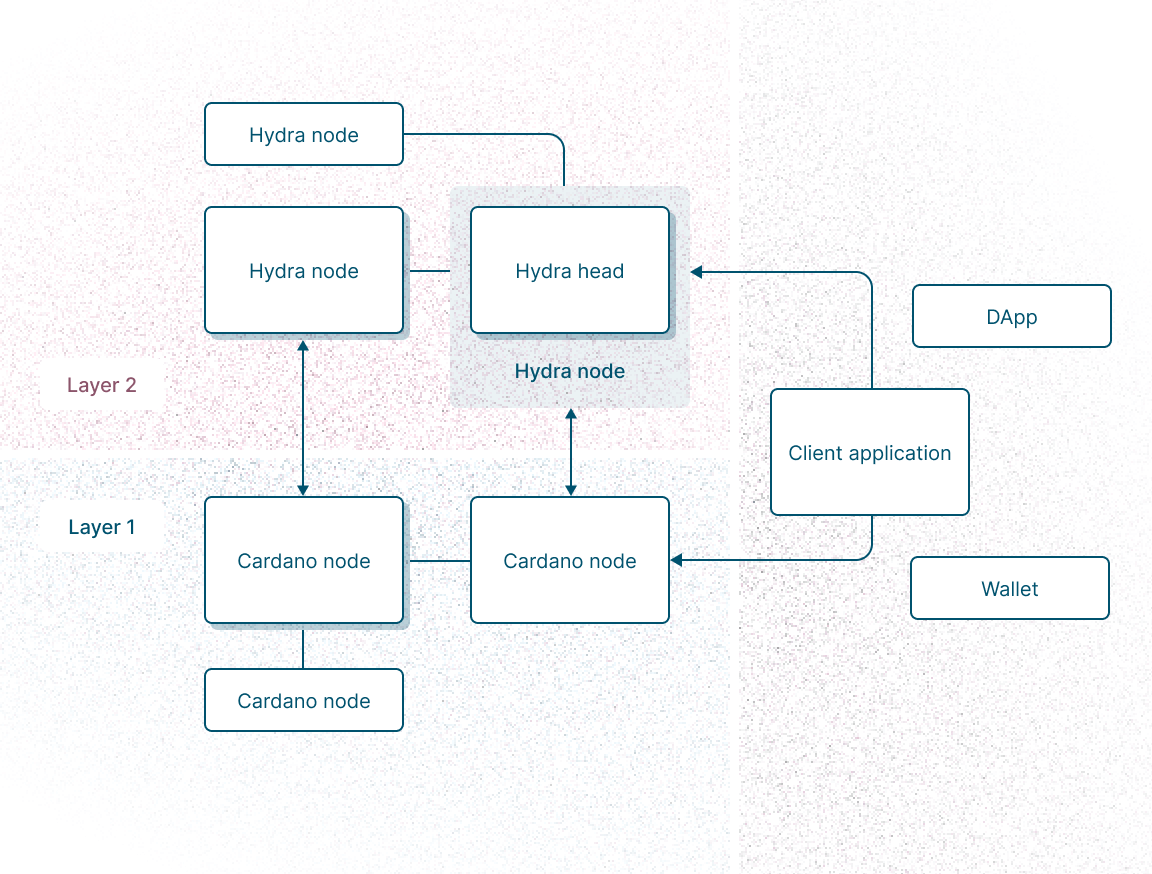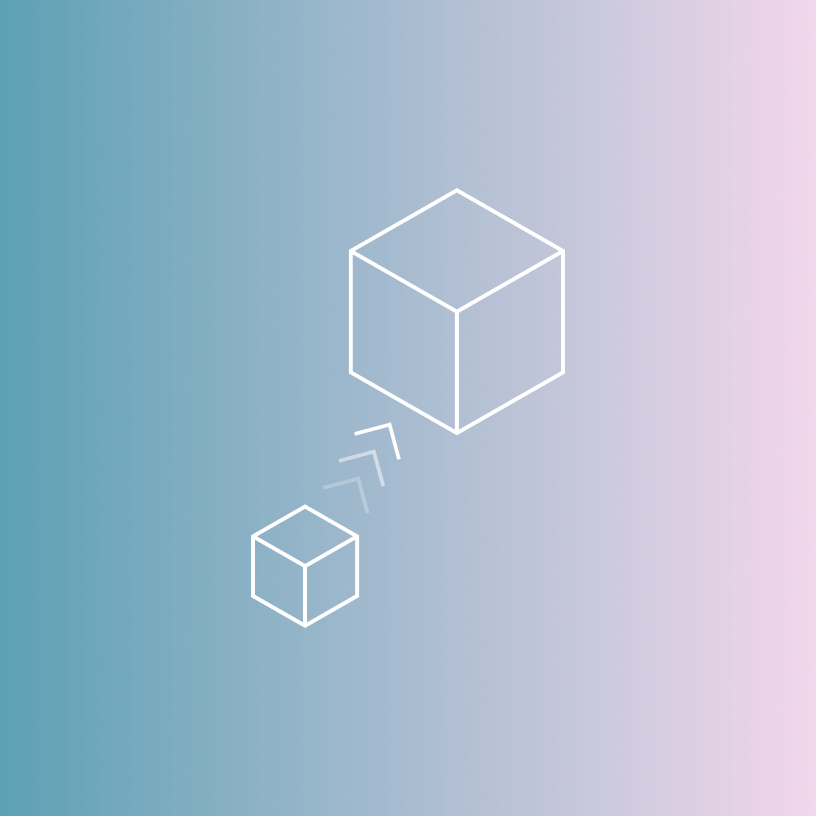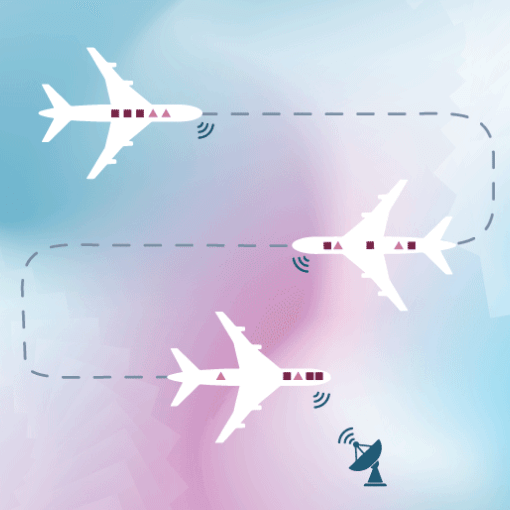/ FEATURES
Low latency
Transaction finality is only bounded by head network latency, resulting in near-instant settlement
High throughput
Transactions are replicated only among protocol participants, reducing data processing and increasing throughput
Low fees
Low processing needs by protocol participants and configurable protocol parameters enable even zero-fee use cases
Isomorphic state channels
Cardano transactions are processed off-chain using the exact same battle-tested Cardano ledger
Censorship resistance
Participants of a Hydra head cannot lose any funds that they have not explicitly authorized
Based on thorough research
The Hydra protocols have been peer-reviewed and implementations are heavily tested resulting in high-security standards
Provides a scalable, secure, and sustainable platform for Cardano, meeting the growing demands of its applications and users.
Why Hydra Head?
Traditional blockchain systems face scalability limitations due to the trade-off between decentralization, security, and scalability (the blockchain trilemma). Cardano's consensus algorithm, while efficient, still requires massive global replication of state changes, potentially increasing transaction settlement times during peak hours.
The Hydra Head protocol aims to enhance the flexibility of decentralization levels on a case-by-case basis. Not every transaction requires global consensus to be considered final. For instance, buying a croissant or lending money to a friend doesn’t need the involvement of a central bank. Many transactions and arrangements can occur within a single Hydra head, with only the final outcome recorded on the main chain.
The protocol facilitates frictionless state transfer between the main chain and individual heads, bypassing the 20-second block time limit. This enables state evolution at a pace approved by involved parties, independent of blockchain constraints.

How it works
Think of a Hydra head as an airplane traveling between two points. Before departure, passengers (participants) and supplies (tokens) are loaded on board.
/ PROPERTIES
Open source
The Cardano developer community has full access to the source code for greater collaboration and innovation. Numerous developers are actively engaged in its continuous improvement and iteration.
Interoperable
Designed for seamless integration with existing and future Cardano infrastructure, promoting a cohesive ecosystem and allowing for easy integration with existing DApps and wallets.
Isomorphic
Same transaction format and ledger rules on layer 2 as on the Cardano layer 1. This includes all the features you know and love from Cardano.
Customizable
Adjustable memory, CPU execution budgets, and other parameters on a per-head basis, allowing for flexible applications – even some that would not be possible on layer 1!
Efficient
Facilitates multi-party agreements, cost-effective micropayments, and offers near-instant transaction finality.
/ CASE STUDIES
Case studies
From enabling micropayments with near-zero fees and instant processing to boosting the performance of decentralized finance (DeFi) applications and enhancing real-time gaming experiences, Hydra can enhance user engagement across various sectors. Discover how Hydra’s cost-efficient, scalable, and low-latency transactions can address real-world problems and support innovative solutions on the Cardano platform.
View case studies





